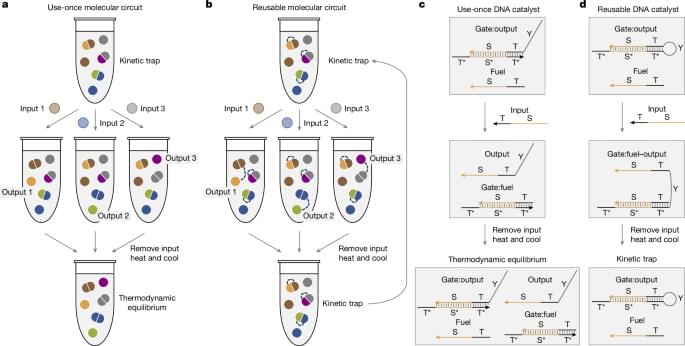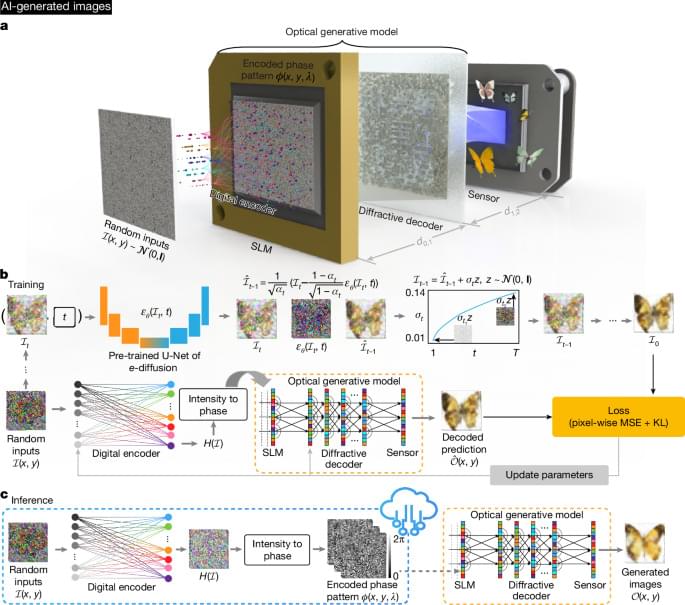In the world around us, many things exist in the context of time: a bird’s path through the sky is understood as different positions over a period of time, and conversations as a series of words occurring one after another.
Computer scientists and statisticians call these sequences time series. Although statisticians have found ways to understand these patterns and make predictions about the future, modern deep learning AI models struggle to perform just as well, if not worse, than statistical models.
Engineers at the University of California, Santa Cruz, developed a new method for time series forecasting, powered by deep learning, that can improve its predictions based on data from the near future. When they applied this approach to the critical task of seizure prediction using brain wave data, they found that their strategy offers up to 44.8% improved performance for predicting seizures compared to baseline methods. While they focused on this critical health care application, the researchers’ method is designed to be relevant for a wide range of fields. A new study in Nature Communications reports their results.







